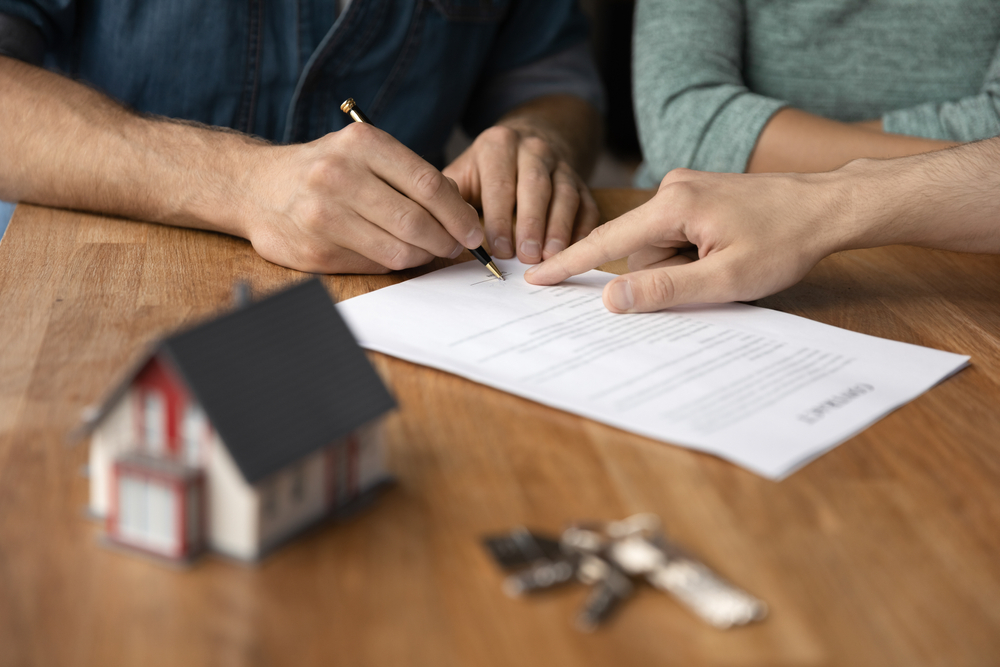Introduction
Becoming a homeowner is an exciting journey that is accompanied by the hope of discovering the ideal place to call home. However, in all of the excitement, one crucial step—managing the complex world of mortgages—stands out. Understanding the basics of mortgage financing is essential, regardless of whether you’re investing in your first home or adding another property to your portfolio. We’ll walk through each of the crucial steps needed to get a mortgage for your ideal home in this in-depth guide. From determining your level of financial preparedness to investigating your mortgage options and working with reliable lenders, we’ll remove the obstacles and provide you with the information you need to handle this big turning point in your life with assurance. Now, let’s get started and do this journey towards turning your homeownership dreams into reality.
1. Evaluate Your Financial Condition
It’s crucial to evaluate your financial situation before stepping foot in the mortgage world. Assess your earnings, savings, and outstanding debts. You can decide how much you can afford to borrow and comfortably repay each month by taking stock of your financial situation.

2. Examine Your Mortgage Options
Finding the best mortgage option for your needs requires careful consideration and comparison-shopping among the many options available. Fixed-rate mortgages, adjustable-rate mortgages (ARMs), USDA, VA, and FHA loans are examples of common mortgage types. Every variety has unique terms, interest rates, and requirements for eligibility.
3. Verify Your Credit Rating
The interest rate and conditions of your mortgage are mostly determined by your credit score. Get a credit report from each of the main credit reporting agencies and check it for errors. To be eligible for better mortgage deals, strive for a higher credit score. If you have a low score, try to raise it before submitting a mortgage application.
4. Obtain Prior Approval
Getting pre-approved for a mortgage lets you see your spending more clearly and shows sellers that you are a serious buyer. Make contact with lenders to obtain preapproval, supplying the required financial records, including bank statements, tax returns, and income statements. Once you’ve located the ideal property, having a pre-approval also makes the home-buying process go more smoothly.
5. Establish Your Spending Limit and Down Payment
Establish your home-buying budget based on your pre-approval and financial evaluation. Take into account elements such as the down payment, closing costs, insurance, and property taxes. There are several programs that permit lower down payments, especially for first-time buyers, even though a larger down payment can result in better mortgage terms.
6. Compare mortgage rates and lenders
Refuse to accept the first mortgage offer you are presented with. To find the best deal, shop around and compare rates offered by various lenders. Interest rates, loan terms, closing costs, and lender reputation are all important factors to take into account. Tools for comparing mortgages online can be quite helpful during this process.
7. Compile the Documentation Required
Assemble all the paperwork needed for the mortgage application procedure. This usually consists of identification documents, tax returns, bank statements, employment verification, and proof of income. It will speed up the mortgage approval process if these documents are well-organized and easily accessible.
8. Finish the application for a mortgage
After deciding on a lender and gathering all required paperwork, it’s time to finish the mortgage application. To prevent delays or issues, fill out the application completely and accurately. Upon reviewing your application, your lender might make further requests for information while the underwriting procedure is underway.
9. Carry out mortgage underwriting
The lender assesses your creditworthiness, your intended purchase, and your financial information during the underwriting process. They’ll check that the data you submit is accurate and evaluate the risk of lending to you. This procedure might entail valuing the property and going over your financial history in detail.
10. Obtain the Closing Disclosure and Mortgage Approval
You will receive a loan commitment letter detailing the terms of the mortgage if your application is accepted for a mortgage. Make sure you comprehend all the details by carefully going over the terms. A Closing Disclosure, which breaks down the final loan terms, closing costs, and any additional fees, will be given to you shortly before closing.
11. Complete the Sale of Your House
On closing day, the property officially becomes yours as the buyer and the seller’s. You will sign a number of documents at closing, such as the deed of trust and mortgage note. In addition, you will have to cover closing costs, which could include pre-paid taxes or insurance, title insurance, and lender fees. You’ll get the keys to your new house once all the paperwork is completed and the money is transferred.

Conclusion
In conclusion, getting the right mortgage is essential to the process of becoming a homeowner. You may confidently create the path to owning your dream home by working with reputable lenders, conducting careful research, and conducting a thorough financial assessment. Recall that this process necessitates remaining informed, posing relevant queries, and, if required, obtaining expert advice. You can successfully navigate the complexities of mortgage financing by following these guidelines, which will guarantee a positive and successful home-buying experience. So go forward with confidence, knowing that you can achieve your goal of homeownership through thoughtful preparation and wise choices.

